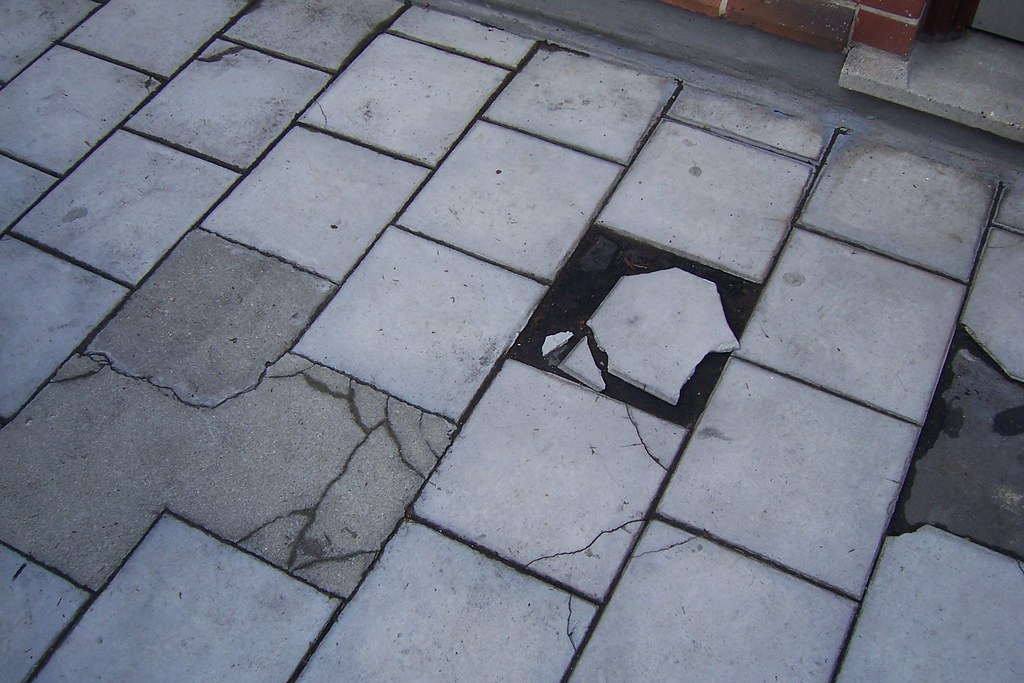Worried your old floor tiles might contain asbestos? Learn the telltale signs and visual characteristics that could indicate the presence of this hazardous material in your home.
Understanding Asbestos Flooring: A Brief History
Asbestos floor tiles were widely used in UK homes and buildings from the 1920s through the late 1970s, with peak usage occurring between 1950 and 1975. Manufacturers favoured asbestos for its durability, fire resistance, and insulating properties. The material was commonly mixed with vinyl or asphaltic binders to create resilient floor tiles. In 1999, the UK officially banned the use of asbestos in construction materials, but many buildings constructed before this date still contain these potentially hazardous tiles.
Key Visual Characteristics of Asbestos Tiles
While visual identification alone cannot definitively confirm the presence of asbestos, there are several distinct characteristics that might indicate its presence. Asbestos tiles typically appear more rigid and brittle compared to modern vinyl tiles. They often have a slightly waxy or oily surface appearance, particularly in older installations. Over time, these tiles may develop dark discolouration or what appears to be oil staining, especially around the edges.
Size and Dimensions
- Most common sizes are 9×9 inches or 12×12 inches
- Thickness typically ranges from 1/8 inch to 1/4 inch
- Often thinner than modern floor tiles
- Perfectly square edges and precise dimensions
- May appear slightly smaller than original size due to shrinkage over time
Color Patterns and Design Features
Asbestos tiles were manufactured in various colours and patterns, with certain characteristics being particularly common. The most frequently encountered colours include light blue, cream, pink, and green. These tiles often feature distinctive marbled or speckled patterns, with some incorporating geometric designs or faux wood grain effects. Many asbestos tiles have a distinctive streaked or striated pattern that runs consistently through the material.
- Common solid colours: Light blue, cream, pink, green, grey, and beige
- Popular patterns: Marble effect, speckled design, faux wood grain
- Surface texture: Usually smooth but can be slightly embossed
- Pattern consistency: Patterns typically run through the entire tile thickness
Common Installation Locations
Asbestos tiles were typically installed in specific areas of buildings, making certain locations more likely to contain these materials. High-traffic areas were prime locations for asbestos flooring due to its durability. The most common installation locations include:
- Kitchens and utility rooms
- Bathrooms and toilet areas
- Entrance halls and corridors
- Basements and cellars
- Commercial spaces and public buildings
Warning Signs and Red Flags
Several indicators might suggest the presence of asbestos in floor tiles. Pay particular attention to:
- Black adhesive or tar-like substance beneath tiles (often containing asbestos)
- Tiles that easily crack or break when damaged
- Powdery white residue when tiles are disturbed
- Visible fibrous material within broken tiles
- Installation date prior to 1980
The Importance of Professional Testing
Visual identification alone cannot definitively determine whether tiles contain asbestos. Professional testing is essential because asbestos-free tiles can share many visual characteristics with asbestos-containing ones. Licensed asbestos surveyors use specialized testing methods, including:
- Polarized Light Microscopy (PLM)
- Transmission Electron Microscopy (TEM)
- X-ray diffraction analysis
Safety Measures and Next Steps
If you suspect your tiles contain asbestos, following proper safety protocols is crucial. Do not attempt to remove or disturb the tiles. Instead:
- Avoid drilling, sanding, or scraping the tiles
- Keep the tiles sealed and in good condition
- Contact a licensed asbestos surveyor for testing
- Document the location and condition of suspicious tiles
- Maintain good records of any professional assessments
Professional Removal and Legal Requirements
In the UK, asbestos removal must comply with strict regulations under the Control of Asbestos Regulations 2012. Only licensed contractors can legally remove and dispose of asbestos-containing materials. The process typically involves:
- Initial survey and risk assessment
- Creation of a detailed removal plan
- Implementation of containment measures
- Proper disposal at licensed facilities
- Post-removal air testing
Safe Alternatives and Modern Options
When replacing asbestos tiles, numerous safe, modern alternatives are available. Popular options include:
- Luxury Vinyl Tiles (LVT)
- Ceramic or porcelain tiles
- Natural stone flooring
- Engineered wood flooring
- Cork or bamboo flooring
These modern alternatives offer superior safety, durability, and design options while meeting current building regulations and environmental standards. Always ensure new flooring is installed by qualified professionals who can properly address any underlying asbestos concerns.
FAQ
What if I accidentally removed asbestos tiles?
If you accidentally removed asbestos tiles, avoid disturbing any dust or debris. Clean the area carefully using wet methods and consult a professional for proper disposal and advice.
Is it safe to be around asbestos tile?
Unlike other asbestos-containing materials, flooring containing the toxic mineral is typically safe to be around. But when it becomes damaged, or you decide to remove it, problems arise. Dangerous asbestos fibers can become airborne during cutting, removal or the deterioration of these flooring materials.
Sources
[1] https://www.mesotheliomahub.com/mesothelioma/asbestos/how-to-identify-asbestos/what-does-asbestos-tile-look-like/
[2] https://www.airpf.com/asbestos-floor-tiles-what-asbestos-in-flooring-looks-like/
[3] https://www.asbestos-sampling.com/pages/what-does-asbestos-look-like



